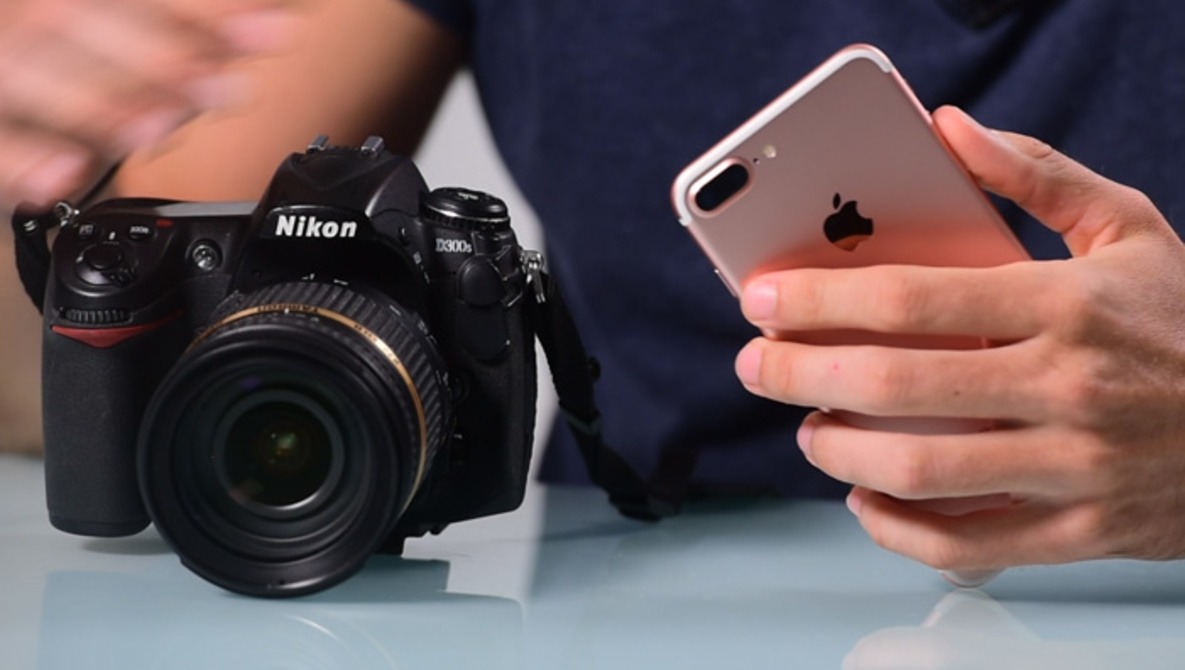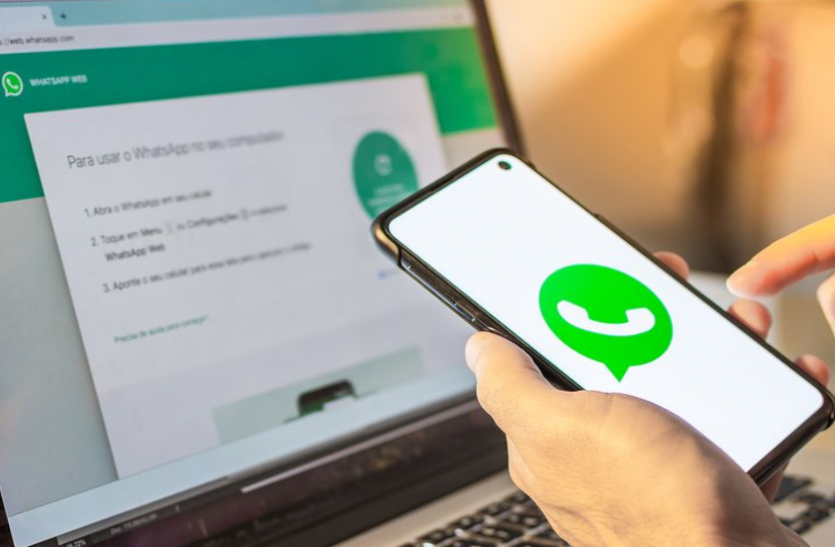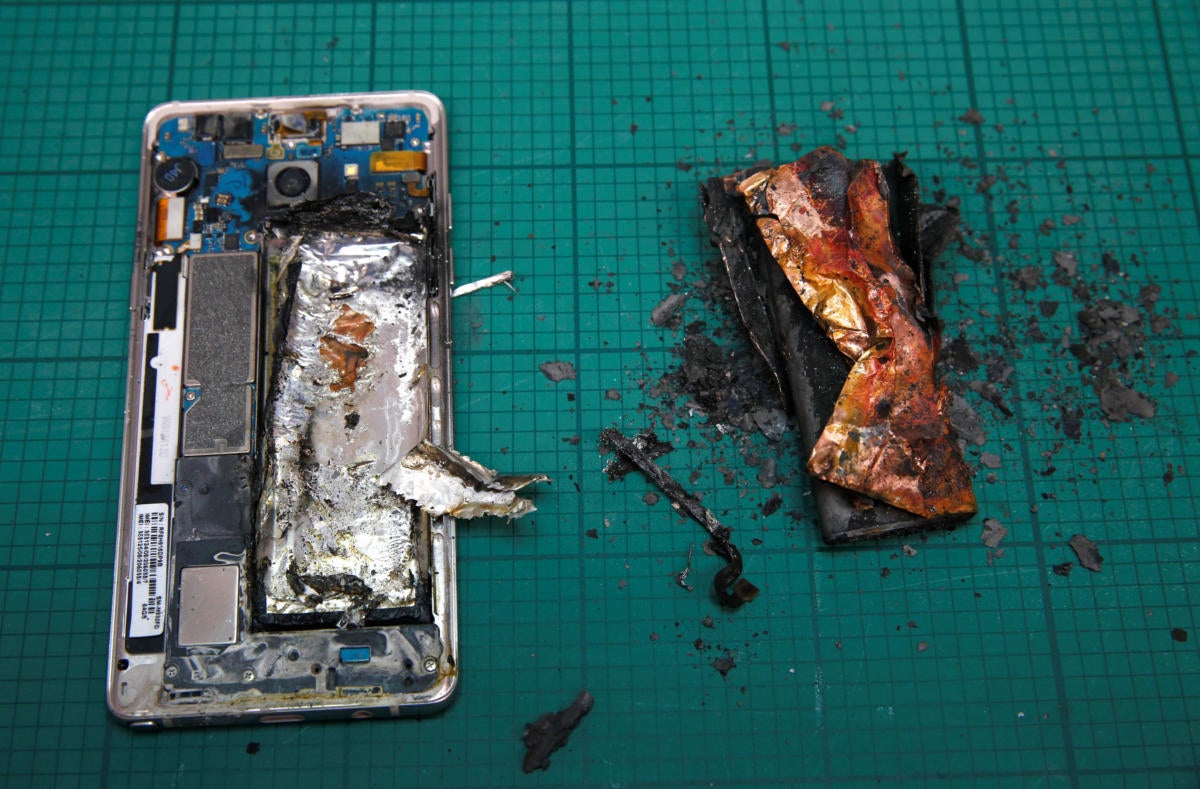Okay, like Apple wasn’t entirely joking, even if it made the comparison of the iPhone 7 Plus with a DSLR camera in a fun way when it announced the new iPhones. The phone does have some almost magic-like tricks up its sleeve that can help it click the photos that would be otherwise impossible to shoot with a phone camera.
Before you read further, just one disclaimer, here at the India Today Tech, we are in the process of reviewing the Canon 5D Mark IV, a state-of-the-art full-frame DSLR camera launched in India just several weeks ago. By the way, based on what we have seen, this camera looks like one hell of a shooting machine. It’s brilliant, but that is a story for another day. Just for fun, while reviewing this camera, we thought of pitting it against the iPhone 7 Plus, which has recently received an iOS update that adds Portrait Mode to its camera. This mode creates many buzzes, and we thought while we test this model, and the 5D, let’s compare the two.

The results were astonishing. Now, in no way should this be taken as something that knocks down the 5D. It’s a great camera and miles ahead of the iPhone 7 Plus. In fact, to make a comparison a bit fair, I curtailed its capabilities somewhat. The 5D Mark IV I used has a 24-70mm F4 L Lens attached to it. This is a high-end lens, and the whole set-up is as pro as they come. But instead of shooting in manual, I put the camera on the auto mode, something which mainstream consumers do. Second, I set the focal length to around 57mm, similar to the focal length of the second camera in iPhone 7 Plus, because at 70mm, it would have easily delivered a knockout punch to the iPhone in this test.
The result I got was this.
— The iPhone image has better colors. But that is because of processing. The colors from the Canon shooter are more accurate, and if I want, I can get better colors from it by editing the image in something like Lightroom.
— The iPhone image is sharper. This is because of the small sensor size, and Apple tunes the way images. Due to the small sensor size, for iPhone 7 Plus, it is easier to manage the depth of field. The Canon 5D Mark IV is a full-frame camera to manage the depth of field for better sharpness; it is pertinent for a shooter to use the manual mode or at least control the aperture. But I deliberately used the auto mode because that is how most mainstream consumers with DSLR cameras use them.
— Because the iPhone bokeh, aka the blurred background, is artificial, calculated by AI, if you look hard enough, you can see that there is a sort of disconnect between the background and foreground. In fact, there is even a blemish in the image, result in problems with image processing (notice the solid gray area above the left arm of the teddy). There are no such issues with the 5D image because, in this image, the bokeh is the result of pure lens physics.
— With all said and done, the iPhone 7 Plus portrait mode is awesome. For most mainstream consumers, it will be easier to click great-looking pictures with an iPhone 7 Plus compared to an advanced DSLR camera that requires fiddling with aperture and focal length.
Now, about the Portrait Mode in the iPhone 7 Plus. In this mode, which is still in beta, the phone clicks the photo using the second camera with a longer 57mm focal length. Apple says it’s 56mm. The EXIF data from the images says it is 57mm. Due to the longer focal length, the second camera clicks images that have better bokeh or, in other words, blurred the background. But it is still not as good as what a good proper camera will capture. So, Apple then uses the data collected with the other camera in the iPhone 7 Plus to calculate better bokeh.
This all is done using a dedicated image processing chip, and it’s imposing the way Apple can calculate this in such a precise manner. The overall result is pretty nice, although this mode is still in beta, and there could be issues such as the solid gray in the following image. Use the slider to see how the image is Before and how it was After the Portrait Mode processed it.
But overall, not bad Apple, not bad at all.
READ ALSO :
- This 29-year-old Pakistani blogger is shutting up hate mongers and their war cries online.
- Chelsea Manning attempted suicide a second time, lawyers say
- How a Blogger Started His Own ETF
- Data rates cut: How Airtel, Vodafone, Idea make it difficult for Reliance Jio to poach customers
- Masturbation tales of India by British blogger Lucy Hemmings a warning for travelers

































